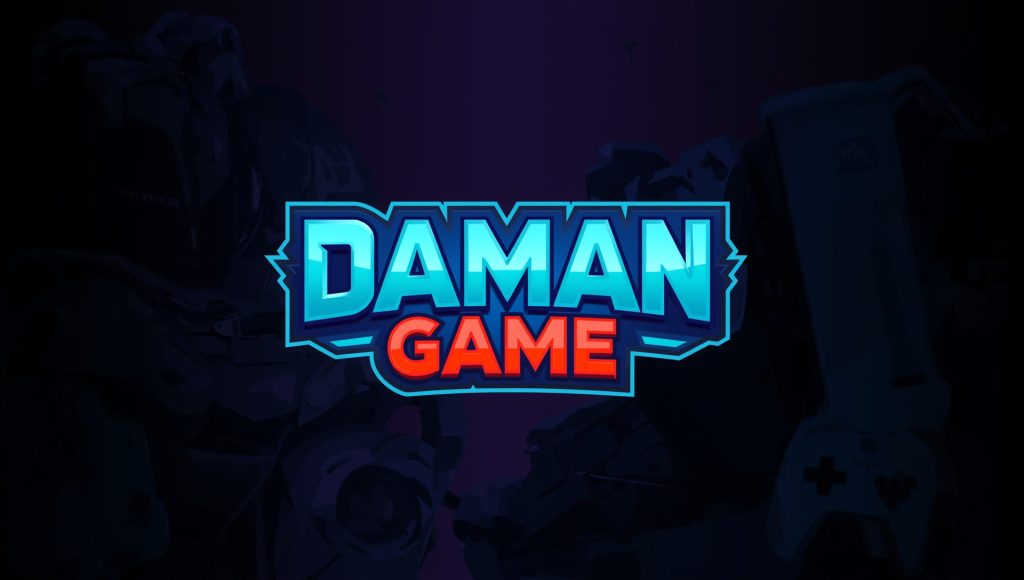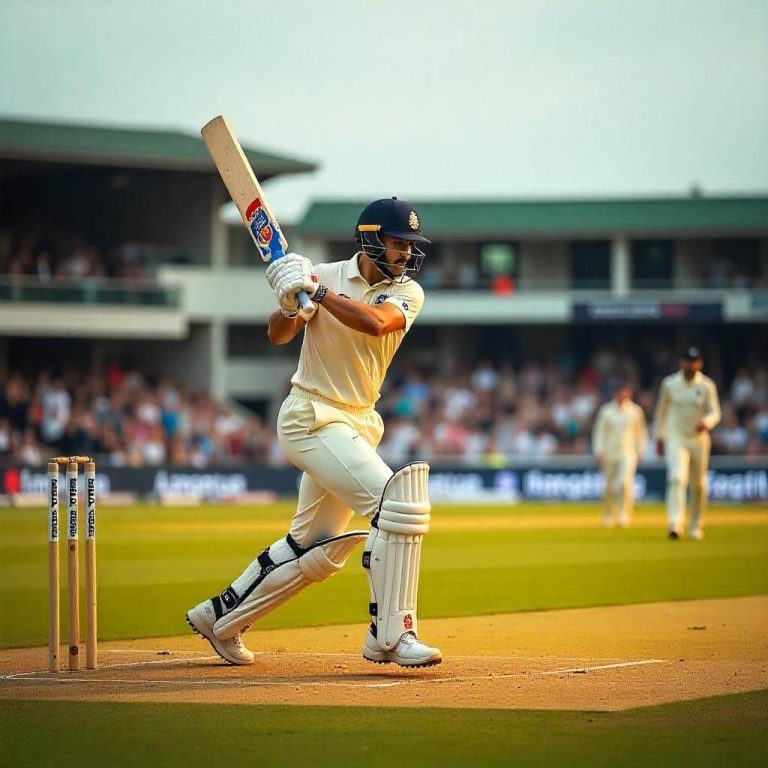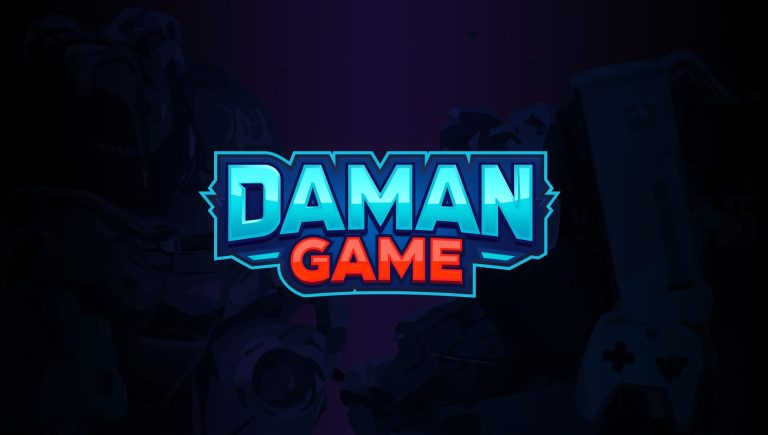
Mobile games are dazzling due to their complexity, and even games such as Daman are receiving digital upgrades. The classic pastime of playing Daman with marbles has undergone an entire transition: it’s now an app. And not just an app, but an exciting app with engaging multiplayer functions, user-friendly controls, addictive gameplay, and apps with advanced physics engines.
Are you wondering how Daman games are developed and how installations work? If so, you are at the perfect place.
For a quick look at the most well-known versions of the Daman mobile app, click here.
🧩 The Daman App
The app has a simple user interface, but complex mechanics to ensure interactivity. It is also known as the goti game.
👾 Advanced Tech Used:
- The core mechanics of the mobile app use game engines such as
Unity with C#: has a desktop and mobile platform editable with user-friendly touch control and physics system.
Unreal Engine (C++) – While not typical for basic games, it is more commonly used for the more graphically intensive versions.
Godot (GDScript) – Gaining popularity within the indie game community for being open-sourced.
Both of these engines offer:
- Real-time rendering
- Physics simulation
- Deployment across multiple platforms (Android/iOS)
2. Physics Engine
The Daman game’s most important feature is the physics engine, accurately mimicking the interaction of marbles. It includes the following:
- Collision Detection: Determines whether marbles will bounce off or come to a rest on collision with each other.
- Force and Angle Control: The ability for players to flick marbles at varying speeds and angles.
- Friction & Drag Simulation: Used to simulate the resistance a surface has and the behavior of a rolling marble.
Some popular physics engines within game design include:
- Unity’s PhysX
- Godot’s Bullet Physics
- Box2D for lightweight 2D simulations
🖱️ Input Systems & User Interaction
Touch input plays a big role in the digital version of Daman being user friendly. Developers utilize touch gestures in order to imitate the real-life flicking motion.
Common Techniques include:
- Swipe Detection: The ability to analyze the angle and speed of a swipe to determine the force and direction.
- Drag and Release: The player is able to grab the striker marble and release it in order to shoot.
- Haptic Feedback: The sensation of touch in the digital game when the player shoots and has contact with the target. It greatly increases the immersion of the player.
🎨 UI/UX Design in Daman Game Apps
Even a physics-accurate game can fail without user friendly design, which is the case with the UI/UX decision impact of Daman’s adoption and retention from the game.
Key UX Elements:
- Tutorial Popups: Tip integration with instructions.
- Scoring Indicators: Winning a score with every action taken.
- The Leader board & Progress Tracking: Users build a sense of friendly rivalry.
Commonly adopted design tools:
- Mockups of Adobe XD or Figma
- Buttons and panels use the Unity UI.
- Lightweight animations through Spine or Dragon Bones.
📡 Multiplayer & Networking (If Supported)
Some Daman game apps support real time multiplayer. More complex the game, which is the case with Developers. Client server architecture peer to peer systems and vice versa.
Technologies Used:
Photon Engine or Mirror Networking ( For Unity)
Real time WebSocket connections.
Firebase or proprietary back ends for player data.
Key Multiplayer Challenges:
- Latency.
- Device state alignment, and vice versa.
- Cheating. Remote server-side.
🔐 Security & Data Handling
Even in a casual game, user data is in a way protected.
Encrypted storage for user preferences and high scores
Secure authentication via OAuth or Firebase Auth
Anonymized analytics tracking to monitor usage without breaching privacy
Common security tools:
– Head of File Encryption on Android
– Head of File Encryption on iOS
– SSL certificates for secure communication
🧪 Performance Optimization Techniques
To keep the Daman game smooth on low-end devices:
– Object Pooling
– Frame Rate Capping
– LOD📊 Analytics & Player Behavior Tracking
Understanding how players interact with the game is crucial for future updates.
Tools used:
– Google Analytics for Firebase
– Unity Analytics
– Custom Dashboards for Heatmaps and Retention Rate
Metrics Tracked:
– Session
– Drop-Off
– Engagement
📈 Why Technical Trend Matters
Daman game development reflects technical patterns in mobile gaming:
– Lightweight gaming with low latency
– Improved usage of real-life physics
– Better support for touch gestures
– More offline-first architecture available for users with poor connectivity
Daman game developers and anyone creating physics-based mobile products can benefit from these insights.
🧾 Final thoughts
The Daman game isn’t just about cool graphics. It also includes touch interaction, physics simulations, tuning system performance, and synchronizing for multiplayer. The tech stack is just as crucial as the game concept.
If you are a developer and want to create a rendition of your own, or a player just curious about the game, the Daman game development is equally captivating and evolving.



